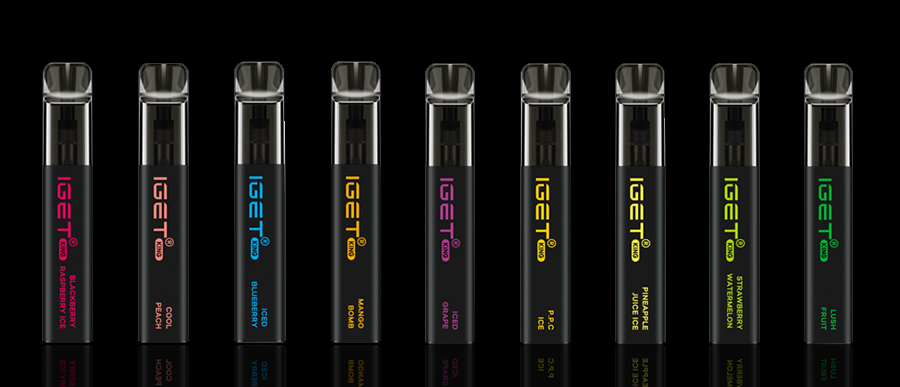Introduction:
Firearms have evolved beyond their utilitarian origins, becoming objects of fascination, collection, and personalization. One aspect of this transformation is the rise of gun skins—customized coverings that not only protect firearms but also serve as a form of artistic expression for enthusiasts. This article delves into the world of cs2 twitter, exploring their history, purpose, and the diverse ways in which they allow gun owners to showcase their personality and style.
The Evolution of Gun Skins:
Traditionally, firearms were manufactured with a primary focus on functionality and durability. However, as firearm ownership expanded beyond military and law enforcement, a demand for customization emerged. Gun skins, also known as wraps or decals, represent an evolution in the way individuals interact with their firearms, adding a personalized touch to these powerful tools.
Purpose and Functionality:
While aesthetics play a significant role in the popularity of gun skins, their primary purpose remains functional. These coverings provide an additional layer of protection against scratches, dings, and environmental elements, preserving the firearm’s finish and resale value. Some gun skins are designed with specific materials to enhance grip, contributing to better handling and control.
Artistic Expression:
One of the most intriguing aspects of gun skins is their capacity for artistic expression. Manufacturers and independent artists have embraced this medium to create an array of designs ranging from camouflage patterns to intricate illustrations. Gun owners can choose skins that reflect their personality, interests, or even support a cause. The ability to personalize firearms in this way adds a unique dimension to gun ownership, turning these tools into statements of individuality.
Tactical Advancements:
In addition to aesthetic considerations, some gun skins are designed with tactical functionality in mind. Specialized coatings may reduce glare, making the firearm less conspicuous in certain environments. Reflective patterns or coatings that change color in response to temperature variations are examples of innovative gun skin technologies that bridge the gap between style and utility.
Legal and Ethical Considerations:
While gun skins offer a creative outlet for gun owners, it’s essential to consider legal and ethical implications. Regulations regarding the customization of firearms vary by jurisdiction, and individuals should be aware of local laws before applying gun skins. Additionally, responsible gun ownership involves adherence to safety protocols and responsible storage practices, regardless of aesthetic modifications.
Conclusion:
Gun skins represent a fascinating intersection of functionality and personal expression within the firearms community. As technology and design continue to advance, the world of gun customization is likely to evolve further, offering enthusiasts even more options to showcase their personality and style. Whether for tactical advantages, artistic expression, or a combination of both, gun skins have become a distinctive aspect of modern firearm culture.



